The aerothermal system is designed to provide heating in winter, cooling in summer and domestic hot water throughout the year, extracting the environmental energy contained in the air through a thermodynamic cycle. It is considered a source of clean energy with multiple benefits for you and the environment. The installation of aerothermal energy usually presents numerous doubts, starting with how it works.
Therefore, in this article we are going to explain how an aerothermal installation works and what advantages it has.
What is aerothermal
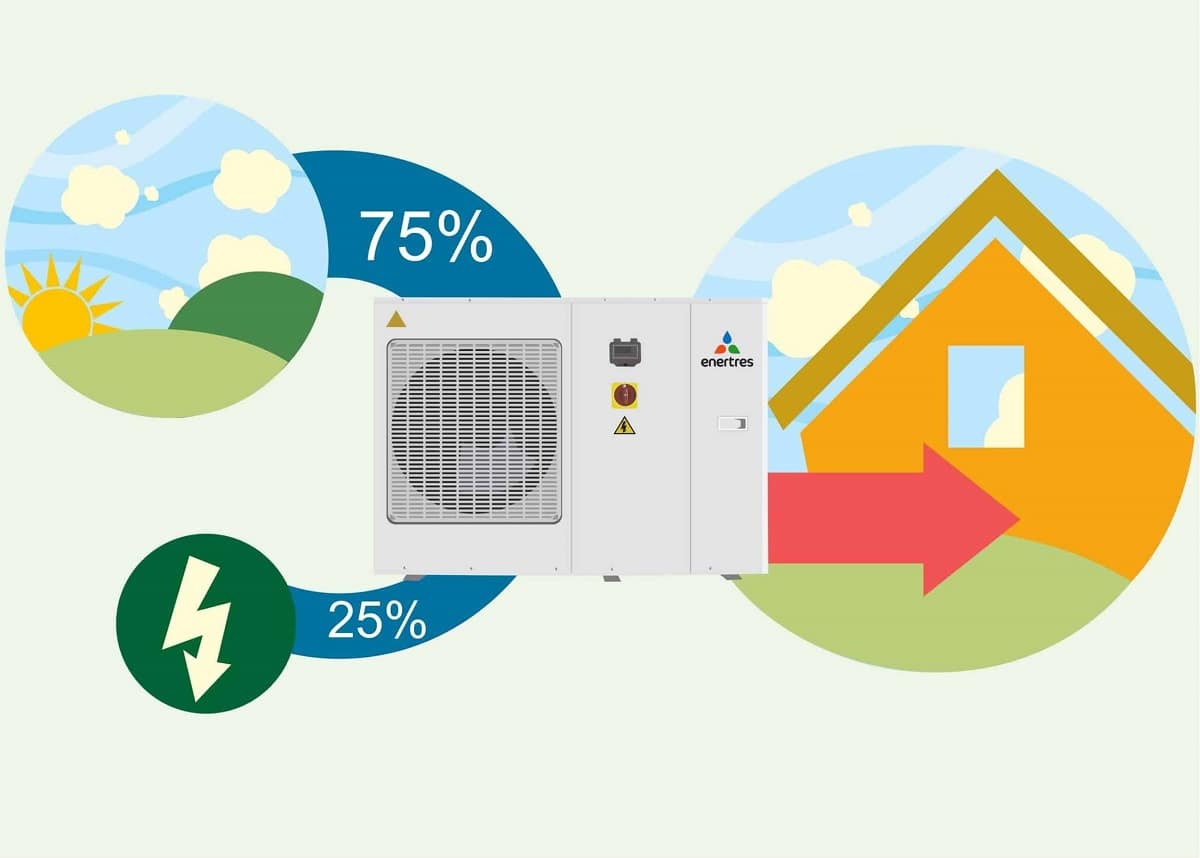
Technological advances offer new ways to save energy, and this is where understanding how hot air works and what advantages it will bring to installing aerothermal energy in our homes, whether air conditioning or heating, and how much energy savings it will give us comes into play. .
The development of air-to-air heat pumps has made them a possible substitute for traditional systems installed in homes. On the other hand, the installation and commissioning process is simpler, safer and requires little maintenance.
The aerothermal concept is based on a technology that extracts the energy contained in the outside air through a pumping system. The device can extract up to 75% of its energy from the air in the atmosphere, reducing the device’s energy use to just 25%.
These air heat devices work like a standard traditional heat pump, but they offer three different possibilities in the same installation, they will keep us warm in winter and cool in summer, and they will provide hot water all year round.
In essence, aerothermal energy takes advantage of the temperature difference between the outside air and the system that contains it. It uses a thermodynamic cycle to capture heat from outside air, even when temperatures are low, and transfer it inside a building for heating, cooling or water heating. This process is based on the principle that even in cold temperatures, the air contains a certain amount of heat that can be extracted and used.
How aerothermal works
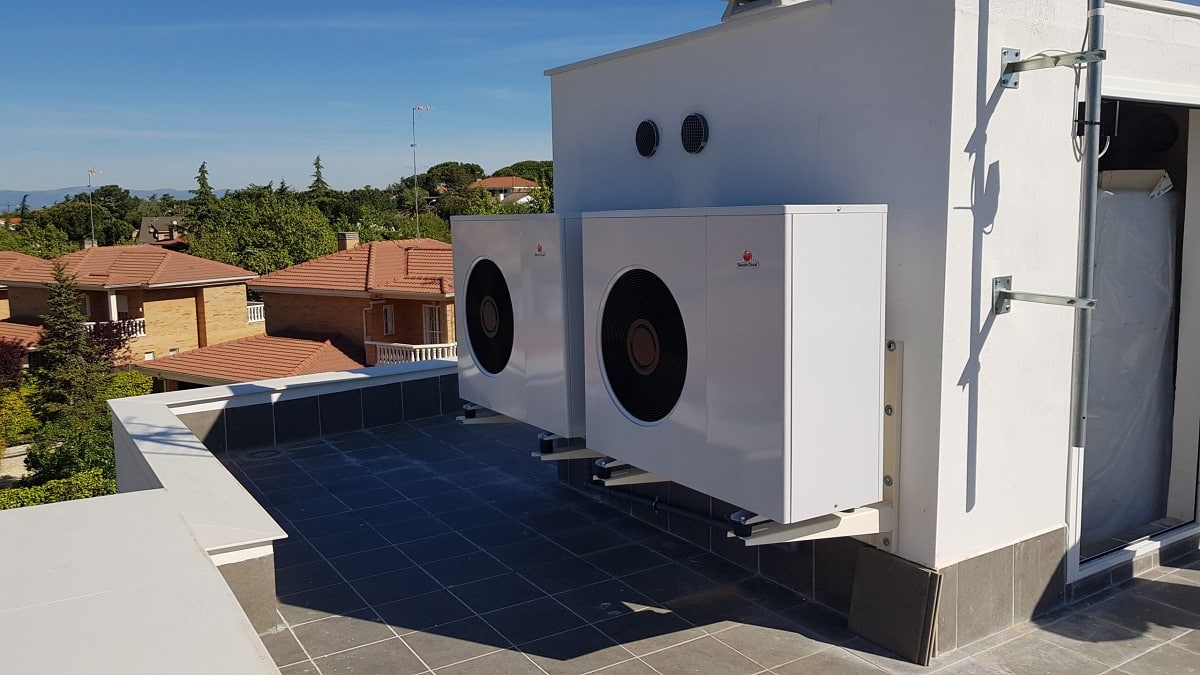
The aerothermal system consists of three main components: the evaporator, the compressor and the condenser. The evaporator takes heat from the outside air and converts it into a hot gas. The compressor then increases the temperature and pressure of this gas, causing it to become even hotter. Finally, the condenser releases this accumulated heat inside the building, providing heating or hot water, depending on the application.
Let’s see what the stages are in the operation of an aerothermal installation in a home:
- Heat capture: The process begins with the capture of heat from the outside air. On the outside of the home, an element called an evaporator is installed, which is designed to absorb the heat present in the air, even when the outside temperatures are low. This evaporator is similar to a radiator, but instead of releasing heat, it absorbs it from the surrounding air.
- Gas compression: Once the evaporator has captured the heat, the next step is to bring that heat into the home. The refrigerant gas that has absorbed heat in the evaporator is compressed by a compressor. When compressed, the gas increases its temperature and pressure, becoming a hot and highly energetic gas.
- Heat transfer: The hot gas is channeled into the interior of the home, where the heat distribution system is located. This can be a radiator system, underfloor heating or even an air conditioning system, depending on the desired function (heating or cooling). The hot gas transfers its heat to the indoor environment, raising the temperature of the room or water.
- Decompression and heat release: After releasing its heat inside, the refrigerant gas is in a state of high pressure and temperature. For the cycle to continue, the gas needs to release this accumulated energy. This is achieved using a capacitor. The hot gas is decompressed in the condenser, causing it to return to its original state of low pressure and temperature.
- Restarting the cycle: Once the refrigerant gas has been decompressed and cooled in the condenser, it is ready to start the cycle again. The gas travels through a closed circuit in which it returns to the evaporator to capture more heat from the outside air and repeat the process.
Where is the aerothermal installation done?
The system is originally designed for use in townhouses, single-family homes or small to medium-sized buildings, and the main obstacle is the entire installation behind it and its outdoor unit.
Manufacturers have come a long way in terms of the different capabilities that facilities provide us depending on the equipment we use. Whether for new construction, renovation or rehabilitation, the combination of heat pump installations offers a wide range of possibilities.
The only element that can wear out in the aerothermal installation is the compressor, which, although it has a very long useful life, is easy to replace with a corresponding technical service. The average lifespan of an air source heat pump is about 20-25 years.
Aerothermal installations do not have fuel storage or specific connections that must be periodically renewed, and the location of the machine is not affected by chimneys or combustion gas production.
The modern facilities allow us to combine a low-temperature heating system with the simultaneous production of domestic hot water in adequate sanitary conditions and, with a good design of the installation, use the same system for cooling in summer without losing the rest of the functions. . Depending on the outside temperature, the required energy costs range from 25% to 50% of the distributed heating power. In other words, at least half of the energy will be free.
As you can see, an aerothermal system is a great advantage for the environment and for your economy. I hope that with this information you can learn more about the installation of aerothermal energy and how it works.

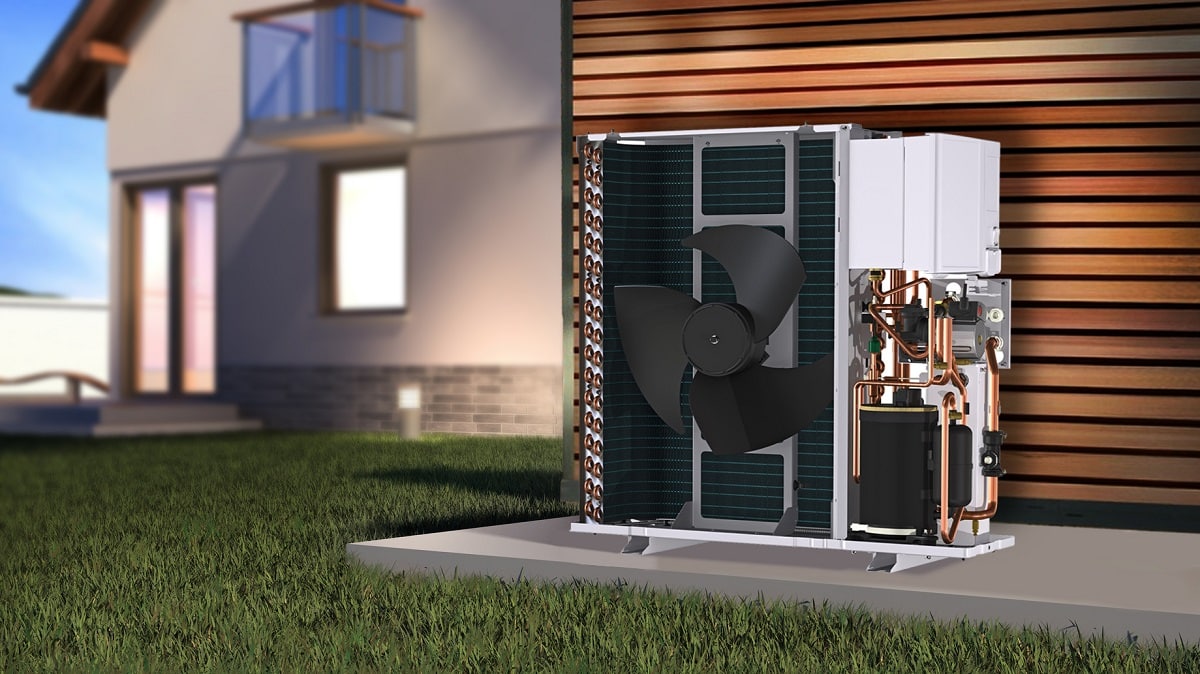


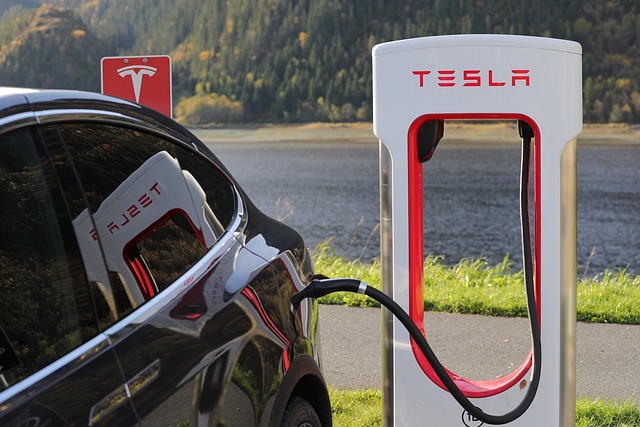


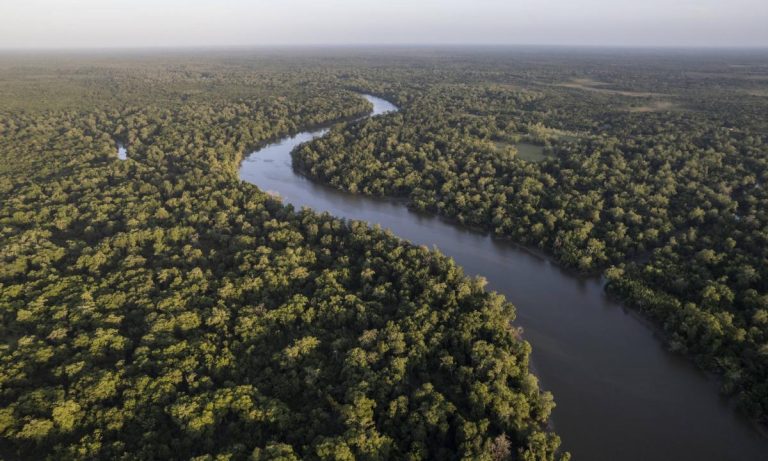


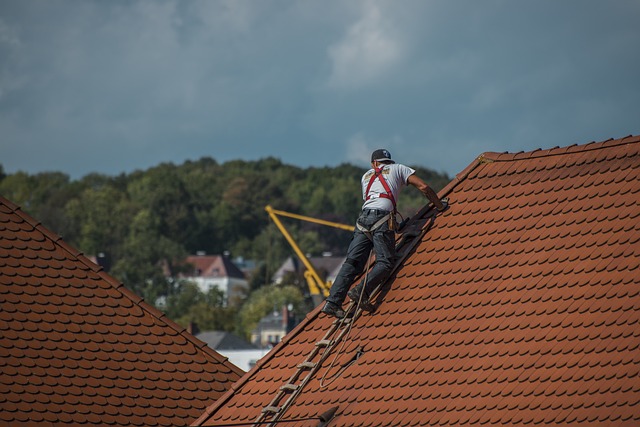

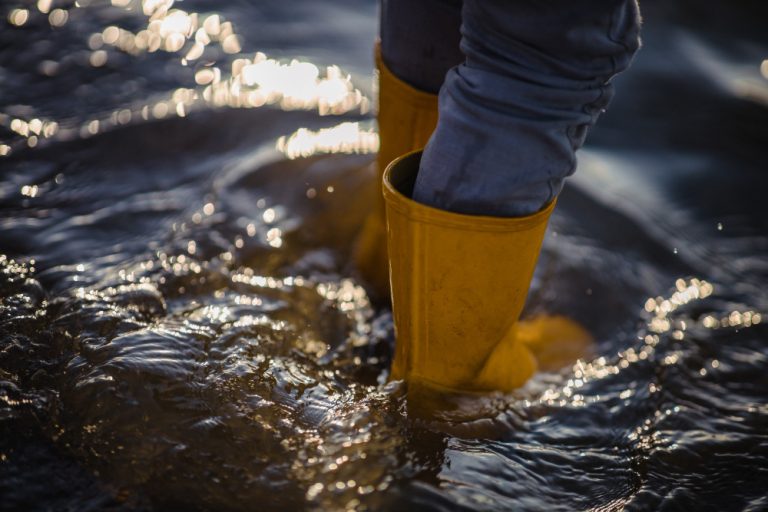
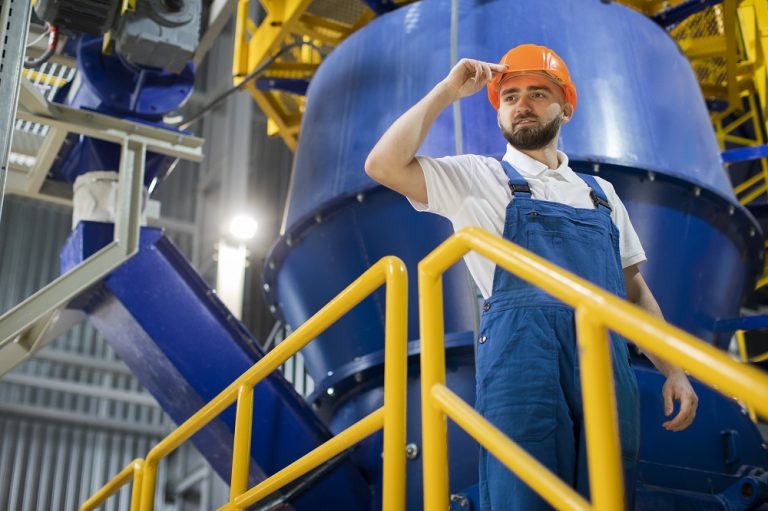
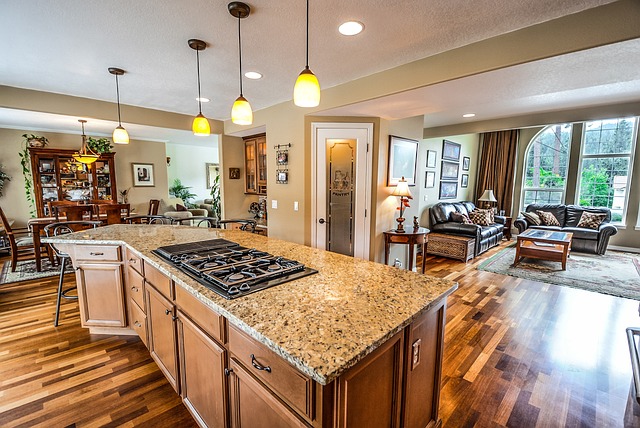
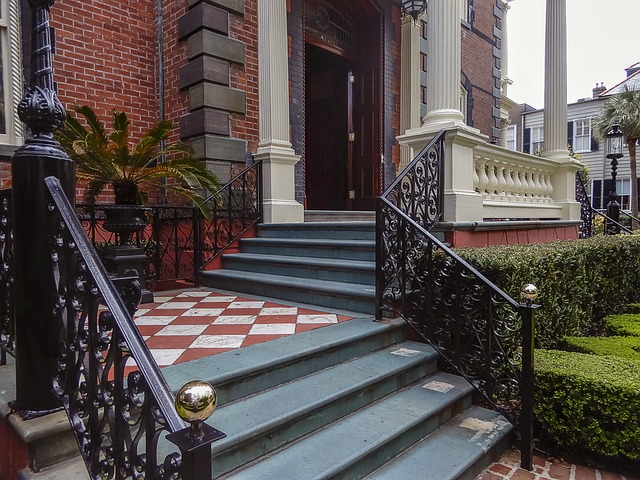
+ There are no comments
Add yours